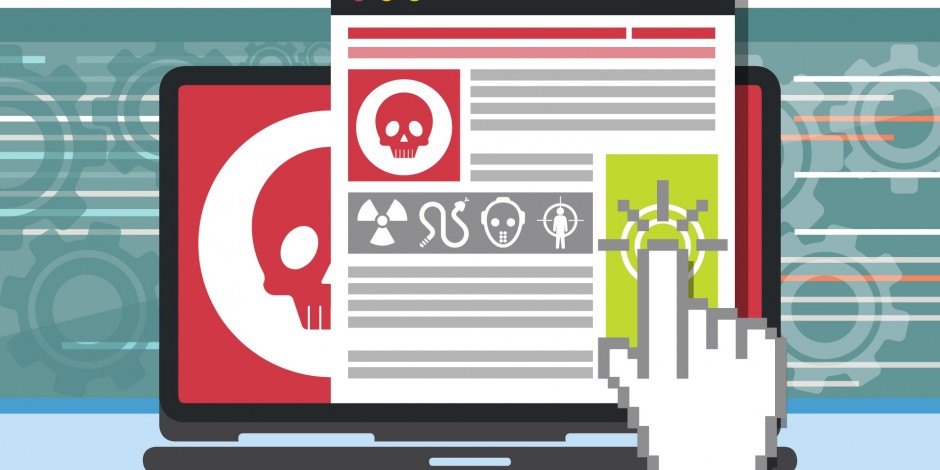Address
38 Eastwood Drive, Suite 401
South Burlington, VT 05403
Work Hours
Monday to Friday | 8AM—5:30PM EST


Yesterday we read an article in MediaNewsDaily, reporting that Google has blocked 3.2 billion bad digital ads on its network, which begs the question: Is digital advertising safe to promote your business? The answer is as complex as the digital advertising environment itself is complex (and vast).
According to the World Federation of Advertisers, 70% of brands believe that the importance of brand safety has escalated in the past 12 months [1]. Why? Digital advertisers realized that prospects associated their brands with “fake news” sites and unscrupulous organizations, and with content provided by these types of fraudulent or unlawful sites.
Instead of running on premium publishing outlets that provide high-quality content and experiences, digital ads often turn up alongside profane and irrelevant content, impacting a brand’s reputation and leaving a bad taste in the mouths of consumers.
With approximately 1.3 billion websites active on the Internet, it’s not easy for brands to draw distinct boundaries dividing online content into ‘safe’ and ‘unsafe’ categories. This is especially true as we move closer and closer to automation tools, like programmatic advertising platforms that place a brand’s ads using algorithmic intelligence, with no human oversight to speak of.
So how are brands protecting themselves today? Well, many are reducing their digital budgets and moving advertising dollars to alternative channels.
Pay-per-click campaigns through a trusted platform, such as Google, place your ads on the SERPs, and not alongside deceitful publishers’ sites. Be sure to avoid the network of participating websites so your ads do not appear on any sites that be fraudulent. However, this does not protect you from click-fraud, which has certainly been reported on over the years as a rampant problem and deterrent.
In 2017 alone, about 1 in 5 clicks on adverts were fraudulent, with the number slowly increasing every month. Not only does click-fraud drive up advertising costs for businesses; it also skews campaign performance data, altering decisions a company makes on whether keywords are in their sweet spot, or if they need to kill a campaign completely.
As recently reported, many businesses are moving their advertising dollars away from digital campaigns, like P&G who cut their digital spending by $200 million last year. The company’s ad dollars were pulled back from a long list of digital channels, including reduced spending with “several big digital players” by 20% to 50% last year [2].
These enterprise-level businesses are slashing digital budgets due to the feeling that they’re wasting money on their campaigns, and they no doubt have agencies handling this business for them. So then how are small to medium size businesses expected to detect fraud, identify and avoid low quality publishers to avoid placing their ads on, and control every dollar of their digital budgets by themselves?
Sounds quite laborious and resource-intensive, something many SMBs don’t have. In conclusion, a well-balanced, multi-channel approach is a great way to ensure you allocate a large portion of your advertising budget to safe media outlets, like radio, television and outdoor campaigns.
Check out these other posts about the benefits of using a multi-channel approach including radio, TV and other traditional forms of media in your advertising campaigns.
What’s The Difference Between Digital Advertising And Traditional Advertising
Why Businesses Still Need Traditional Advertising
Sources:
[1] www.exchangewire.com/blog; The Brand Safety First Approach Is Hurting Digital Advertisers
[2] www.wsj.com/; P&G Contends Too Much Digital Ad Spending Is a Waste